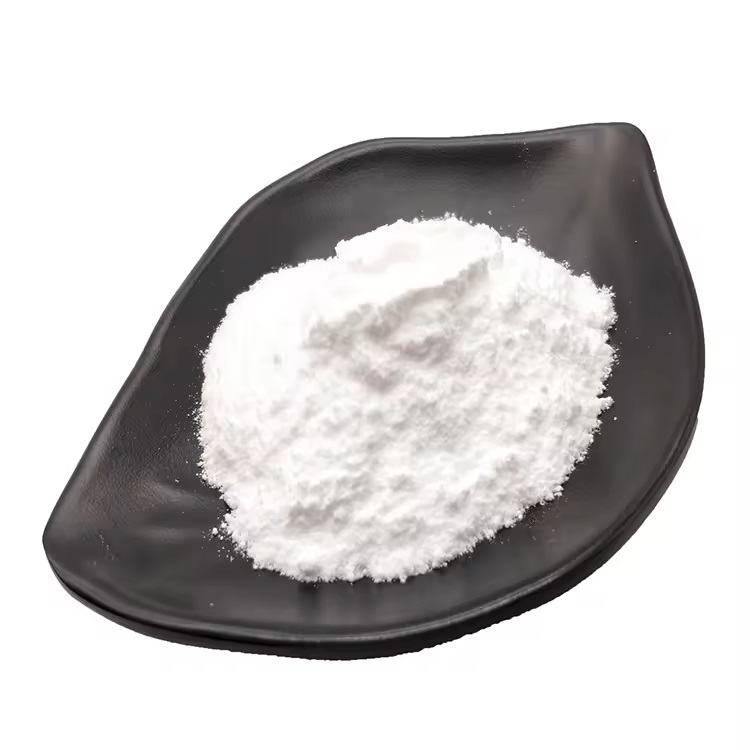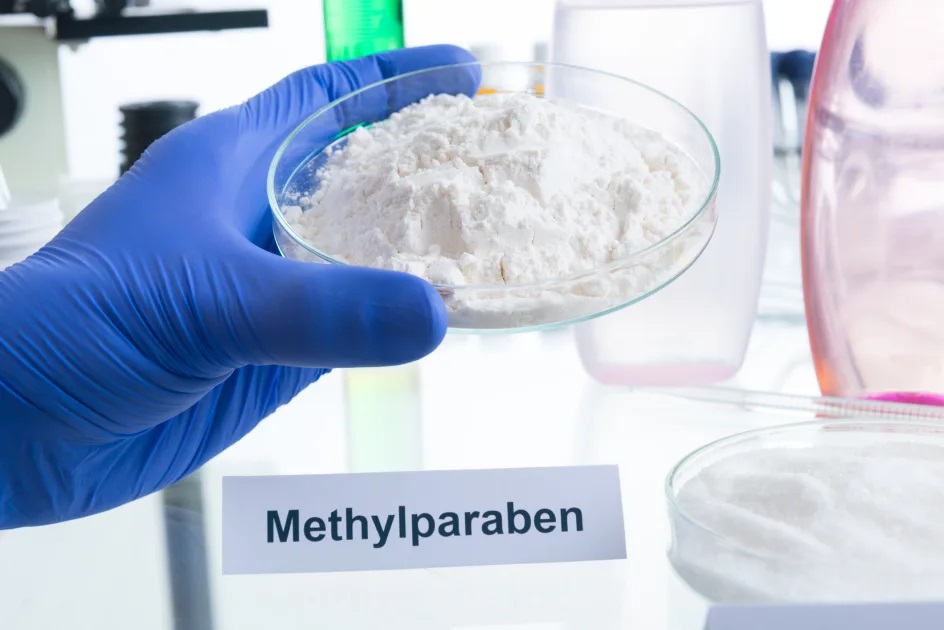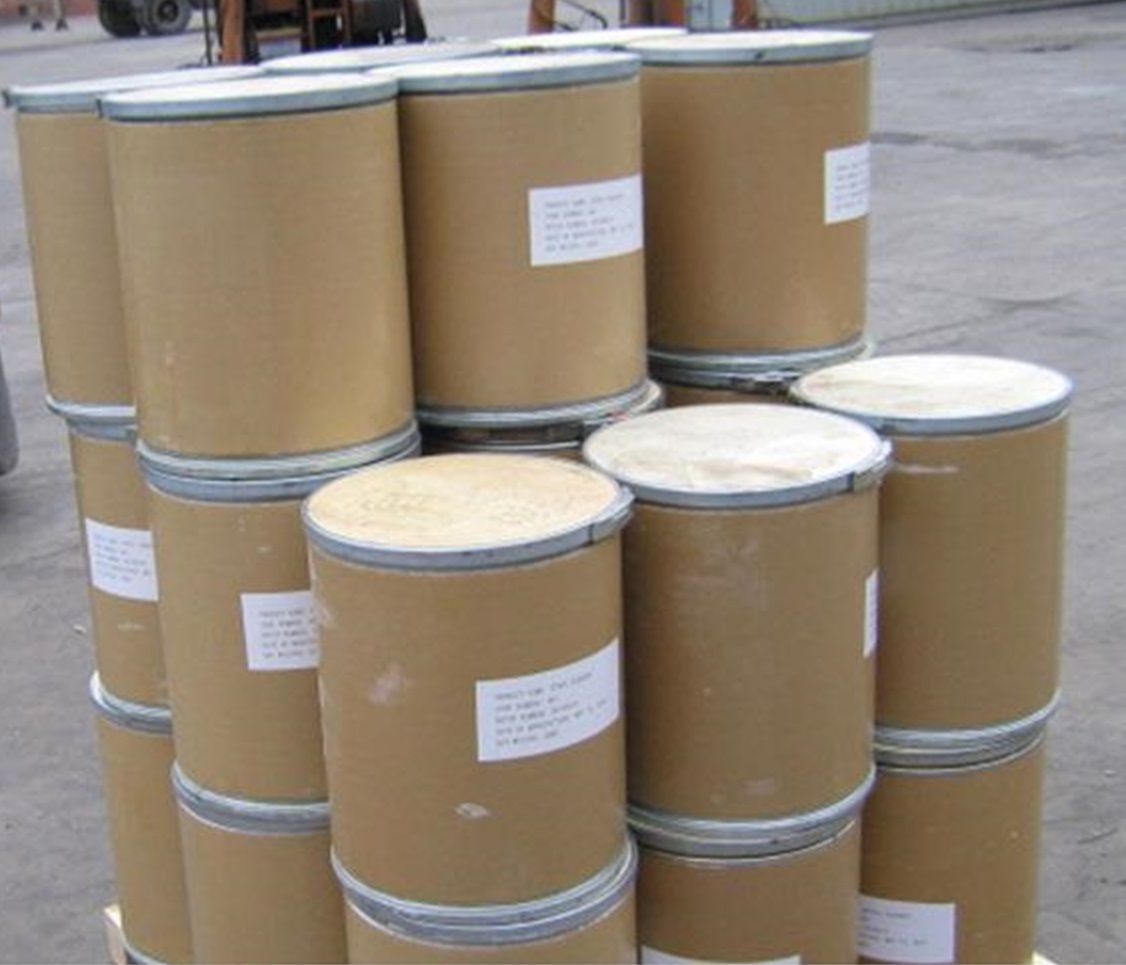We unleash your business potential by maximize the business innovation.
Send EmailPROPYLPARABEN, PROPYL PARABEN, 94-13-3
| CAS Number | 94-13-3 |
| Chem/IUPAC Name: | Propyl 4-hydroxybenzoate |
| EINECS/ELINCS No: | 202-307-7 |
| COSING REF No: | 37312 |

Propylparaben is a common preservative used to shield cosmetics and personal care items against microbial growth. It is largely added to water-based products like shampoos, lotions, and creams that are vulnerable to deterioration. Apart from increasing the shelf life of such formulations, this ingredient may also act as an antifungal agent for the skin. Propylparaben is cheap and easily available making products pocket-friendly and economical. Further, it can be known by its trade names like Propyl Chemsept and Chemacide PK. It is important to note that synthetic Propylparaben was banned for use in the food industry due to its risks to reproductive health upon ingestion. However, it is safe for use externally when added in lower concentrations. The chemical formula of Propylparaben is C10H12O3.
What is PROPYLPARABEN used for?
Propylparaben is highly valuable for water-based products - working in the background to preserve the formulations and increase their shelf lives. Its antimicrobial properties inhibit the growth of bacteria, fungi, and molds, ensuring product integrity and safety. Commonly used in creams, lotions, makeup, shampoos, and other personal care items, Propylparaben preserves formulations by preventing spoilage and maintaining efficacy over time. Its role is crucial in preventing microbial contamination, especially in water-based formulations where microorganisms thrive. By extending product longevity, Propylparaben contributes to consumer satisfaction and regulatory compliance, facilitating the production of stable and safe cosmetic products for global markets.
Propylparaben is a natural substance found in vegetables and fruits like flaxseeds, barley, and grapes. In cosmetics, it is synthetically made through esterification. Within this, p-hydroxybenzoic acid is reacted with propyl alcohol in the presence of an acid catalyst, such as sulfuric acid. This reaction forms propylparaben and water as byproducts. The propylparaben is then purified for use in the beauty industry. In its raw form, it appears as a white powder or colorless crystals.
What does PROPYLPARABEN do in a formulation?
- Antimicrobial
- Preservative
Safety profile
Propylparaben is safe for external use at lower concentrations of 0.01 to 0.3%. It is non-sensitizing and gentle on the skin and does not have any major side effects. However, higher concentrations and/or ingestion may cause severe health concerns including allergy and hormone disruption. It is important to follow safety guidelines and perform patch tests before widespread use.
PROPYLPARABEN Alternatives
PHENOXYETHANOL, ETHYLHEXYLGLYCERIN, GLYCERYL CAPRYLATE


